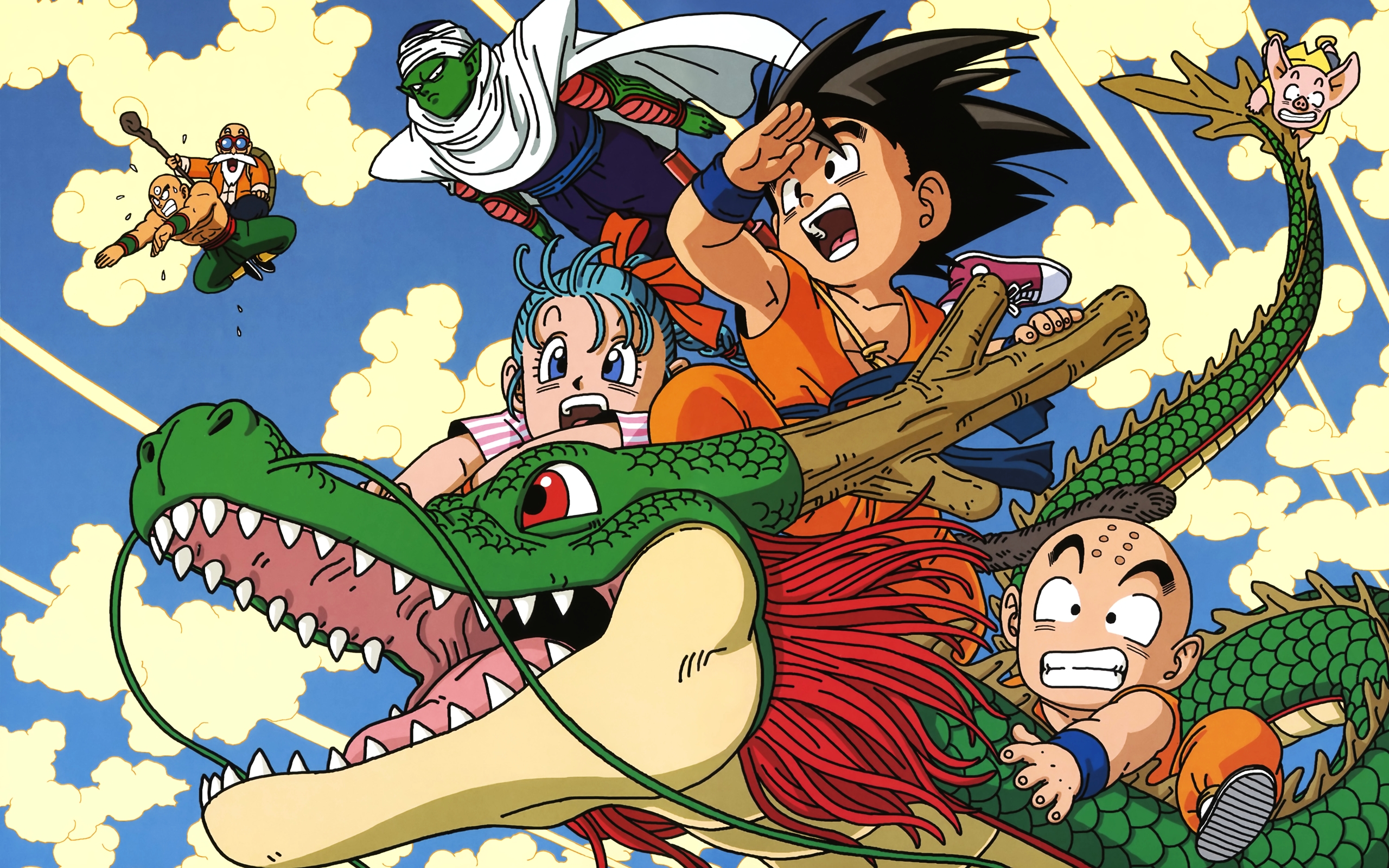The following is the academic conversation between three of my sources. Annie Manion is a Japanese animation expert from USC, Brian Ruh has a PhD in Communications and Culture, specializing in anime and Japanese culture, from Indiana University. Finally Eri Izawa is from MIT and he conducted an interview with an anime producer, writer, and editor.
I chose these sources because they play around the issue of how fan's prefer dubbed anime over subbed anime. They do not necessarily contradict, rather they all touch upon the problem of dubbing anime, in there own unique ways.
Annie Manion talks about otaku, who are die-hard American anime fans. Brian Ruh looks at a heavily changed and dubbed anime called Warriors of the Wind, and why it was not successful in America. He compares Warriors of the Wind to two other heavily changed anime, Voltron and Robotron, both of which were very successful in America. Finally, Eri Izawa conducted an interview with anime heavyweight Toshio Okada, where they discuss various topics regarding anime, including dubbing anime in America and the themes of anime.
To Eminem's Lose Yourself:
Lose Yourself in Anime
[Annie Manion]
Yo,
It's on and ready, plugged in, palms are sweating
There's ramen in his bowl already, poor man's spaghetti
He's nervous, can't decide between Pokémon and One Piece
To stop dubs, because he keeps on subbin'
He's got Japanese down, the whole tape is edited now
He's an otaku, how, part of the subculture wow,
The sub is perfect now, lines drawn, over, blaow!
Snap out of reality, oh back into fantasy,
Oh, here goes everything, he's stoked
He's so bad, but he won't give up that easy? No
He won't have it, he knows his whole cosplay's broke
It don't matter, he's dope, he knows that, but he's choked
He so sad that he knows, when he goes back to the forum home, that's when its
Back to the thread again yo, this fake galaxy
He better go re-watch this moment and hope he don’t fall asleep
You better lose yourself in the illusion, the enjoyment
You’re an otaku, yo, let reality go
You only watch sub, don’t watch a dubbed show
This subculture is fan ready, so you better,
You better lose yourself in the illusion, the enjoyment
You’re an otaku, yo, let reality go
You only watch sub, don’t watch a dubbed show
This subculture is fan ready, so you better,
[Brian Ruh]
The TV’s taping, watching the anime that is playing
This fantasy world is his for the taking
Make him king, as we move toward a, new social order
American culture’s borin’, but anime kingdoms just complete awesome
It only grows faster, only spreads quicker
It blows up all over these shows is all on them
Coast to coast subs, he’s known as the fansubber
Breaking laws, that don’t matter, he’s grown tired of dubs now, he’s no loser
He watch anime, Warriors of the Wind is a laughing matter,
But hold your nose ‘cause here goes the cold water
The fans don’t want it no mo, it’s bad product,
The company cut out the scene that shows, how it’s simplified for regular Joes
So the entire show is told and unfolds, I suppose it's bad partna, because the dubs go
Da da dumb da dumb da da
You better lose yourself in the illusion, the enjoyment
You’re an otaku, yo, let reality go
You only watch sub, don’t watch a dubbed show
This subculture is fan ready, so you better,
You better lose yourself in the illusion, the enjoyment
You’re an otaku, yo, let reality go
You only watch sub, don’t watch a dubbed show
This subculture is fan ready, so you better,
[Eri Izawa]
It so lame, they’re gonna change everything in rage
Tear this mother loving anime apart like two dogs caged
It was better in beginning, the themes all changed
It has been rewrote and sanitized and forced to change
But the fan’s keep subbin’ and translatin’ the next cipher
Best believe they’re trying to keep the themes hyper
All the pain and complexity in the
Original that can’t be changed to
Make the dub and simplified it,
Anime is full of complexity, these themes of racism and poverty
And its no movies, there’s no easy equality
This is the original and they have worked so hard
And it’s getting even harder tryin’ to draw and write these, plus
See dishonor done to them by a corp. and an Americana
No one wanna that drama on and too much
For them to watch to stay in one spot, another failure or not
Has gotten them to the point, they hate a dub, its rot
To formulate a plot before the genre ends up a fail or wrought
Subtitles are the only mother loving option, dub is not
Anime, we love you, but this trait has got to go, we cannot grow old in dubbed plot
So here we go this is our only shot
Computer fail me not ‘cause this maybe the only subbed copy that I got
You better lose yourself in the illusion, the enjoyment
You’re an otaku, yo, let reality go
You only watch sub, don’t watch a dubbed show
This subculture is fan ready, so you better,
You better lose yourself in the illusion, the enjoyment
You’re an otaku, yo, let reality go
You only watch sub, don’t watch a dubbed show
This subculture is fan ready, so you better,
You can record anything you set your dvr to, man.
 |
| Drop the mic. |
(Word Count: 925)


















